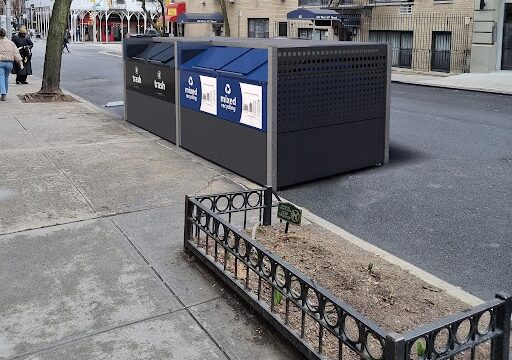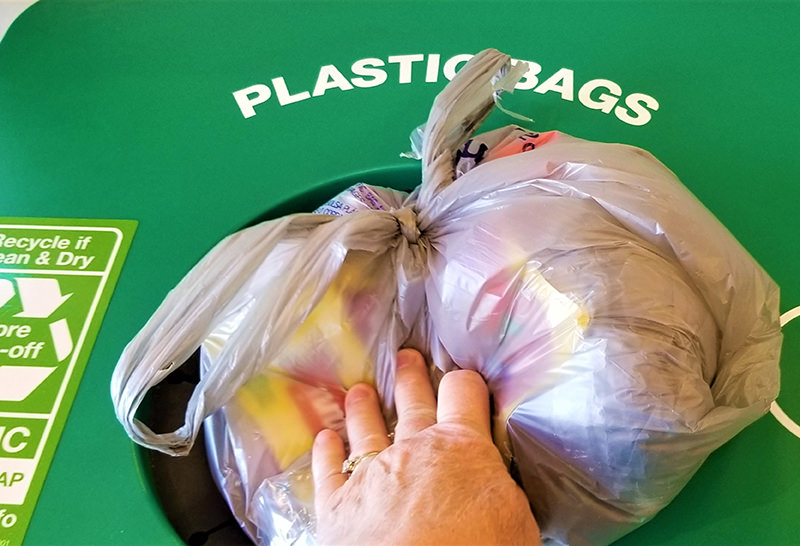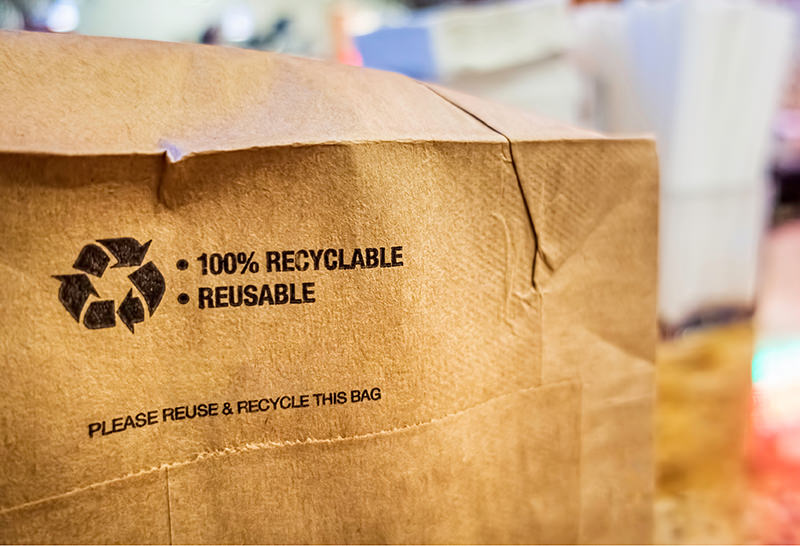

5 Simple Steps for Reducing Recycling Contamination at the Point of Collection
Recycling contamination is the result of cross-contamination of recycling streams, such as plastics mixed with paper and cardboard, and/or trash mixed with either of the above. Difficult and often deemed impossible to process at a Materials Recovery Facility (MRF), they are treated as trash and redirected to landfill sites. The end result of this can heavily impact diversion targets, as a too high proportion of contaminated materials can lead to whole lorry-loads of recycling being rejected and sent to landfill.

While zero-waste initiatives, adopted by a progressive number of major U.S. cities, are a demonstration of efforts to reduce the generation of waste and develop regional-focused recycling programs serving local communities, on a more national scale, the U.S. had relied heavily on exporting waste materials. However, recent policy changes enforced in 2018 have led to a broad reexamination of domestic recycling in the US.
Supporting a target of a 50% recycling rate by 2030, the Environmental Protection Agency’s (EPA) ‘National Recycling Strategy: Part One of a Series on Building a Circular Economy’, published in November 2021, is the first of its kind to be integrated nationwide. Reducing recycling contamination at the point of collection is regarded as central to achieving these targets.
Reducing levels of recycling contamination from households in the U.S can be complex to address with contributing factors often varying between regions due to the differing regulations involved in municipal recycling systems. All the same, contamination creates systemic issues at all stages of the recycling journey, from the point of collection all the way through to processing at a MRF.

Contaminants like plastic bags are a frequent offender, and can become entangled and damage recycling machines, while hazardous waste can lead to serious health and safety risks for the workforce involved. Contamination of recyclables additionally costs municipalities in extra disposal fees, which are typically gathered from taxpayers, risking the successful operation of recycling infrastructure. Increased collection and reprocessing costs then effectively reduce the value of the collected materials.
Before outlining the 5 effective steps that can reduce recycling contamination at the point of collection, keep a MRF operating efficiently and effectively aid municipal recycling goals, it is a useful practice to understand and define the main contributors for contamination among households. Developing an awareness of frequently offending contaminants, as well their level of local impact, can help establish effective solutions to mitigate them specifically.
Wishcycling
Contrary to the hopes of the individual, these materials aren’t recovered, rather they are rejected from processing and sent to landfill sites, exacerbating the waste problem that recycling exists to remedy. Contaminating the waste stream with materials bound for rejection also leads to increased costs in the sorting process because of the extra labor required.
Changing Consumer Habits
Surges in online shopping and home deliveries have also contributed to less packaging waste collected from supermarkets, groceries and shopping malls, and more from single and multi-family households. This has posed concerns for the recycling system as, in contrast to collections made from businesses, the condition of the packaging waste upon collection can be harder to determine.
Lack of Awareness and Understanding
1. Carry Out a Waste Audit
Carrying out a waste audit can provide crucial data on the volume of waste produced, helping to inform priority areas of focus, which recycling streams are the most commonly contaminated, and the level of costs involved for combating the issue. These findings can then be utilized to provide further insight into the most effective solutions.
2. Develop Markets to Increase Accepted Materials
As part of their national recycling strategy, The EPA also wants to encourage new markets for recycled materials to provide more motivation for companies to recycle. This could be achieved through the integration of new policies or financial incentives could be offered to businesses to help boost demand for new recycled materials.
3. Develop Robust Policies and Regulations
Fines for non-compliance, while perceived as a more stringent policy that has encountered resistance in the past, are effective for reducing contamination and provide strong incentive for good practice overall. An effective system or program, no matter the intended function or target audience, must incorporate consistent enforcement of policies to be successful.
4. Provide Clear Communication Over Accepted Materials
This creates confusion, acting as a disincentive that can restrict households from engaging in recycling correctly, which then increases the risk of contamination. However, the positives are that this shortcoming can be rectified by providing clear and easily understandable visual guidance, such as recognizable color coding and iconography to help define specific recycling streams. This will help to educate residents of the accepted items, overcome language barriers, and minimize contamination.
5. Provide a Dedicated System for Recyclables and Hazardous Items
Recognizing the challenges for people living in multi-family households and communal neighborhoods, providing a dedicated, user-friendly recycling system that follows the path of least resistance and ensures containerization of recyclables and utilizes dedicated, restricted apertures helps to increase engagement and help ensure good practice. Establishing this in a convenient, accessible location provides residents with effective storage of recyclables between collections and helps to achieve effective separation to reduce contamination and the unsafe disposal of hazardous items.

Ultimately, the primary aim of any recycling system is full engagement from target audiences, drawn from clear communication and effective systems to increase engagement and inform good practice. Key to developing zero-waste pathways, however, are efforts to generate less volumes of waste from the outset. Encouraging the reuse of materials and a more pragmatic approach to resource efficiency is vital. Recycling then enables solutions to ensure materials are able to be placed back into circulation.
At face value, reducing recycling contamination at the point of collection can seem like a daunting concept. Target audiences will often involve a diverse level of incentive, knowledge, and circumstances depending on their specific residential environment. However, the 5 effective steps explored here, when utilized effectively, help to raise awareness among households and residents, inform best practices when looking to establish larger waste and recycling programs, and reduce recycling contamination at the point of collection.